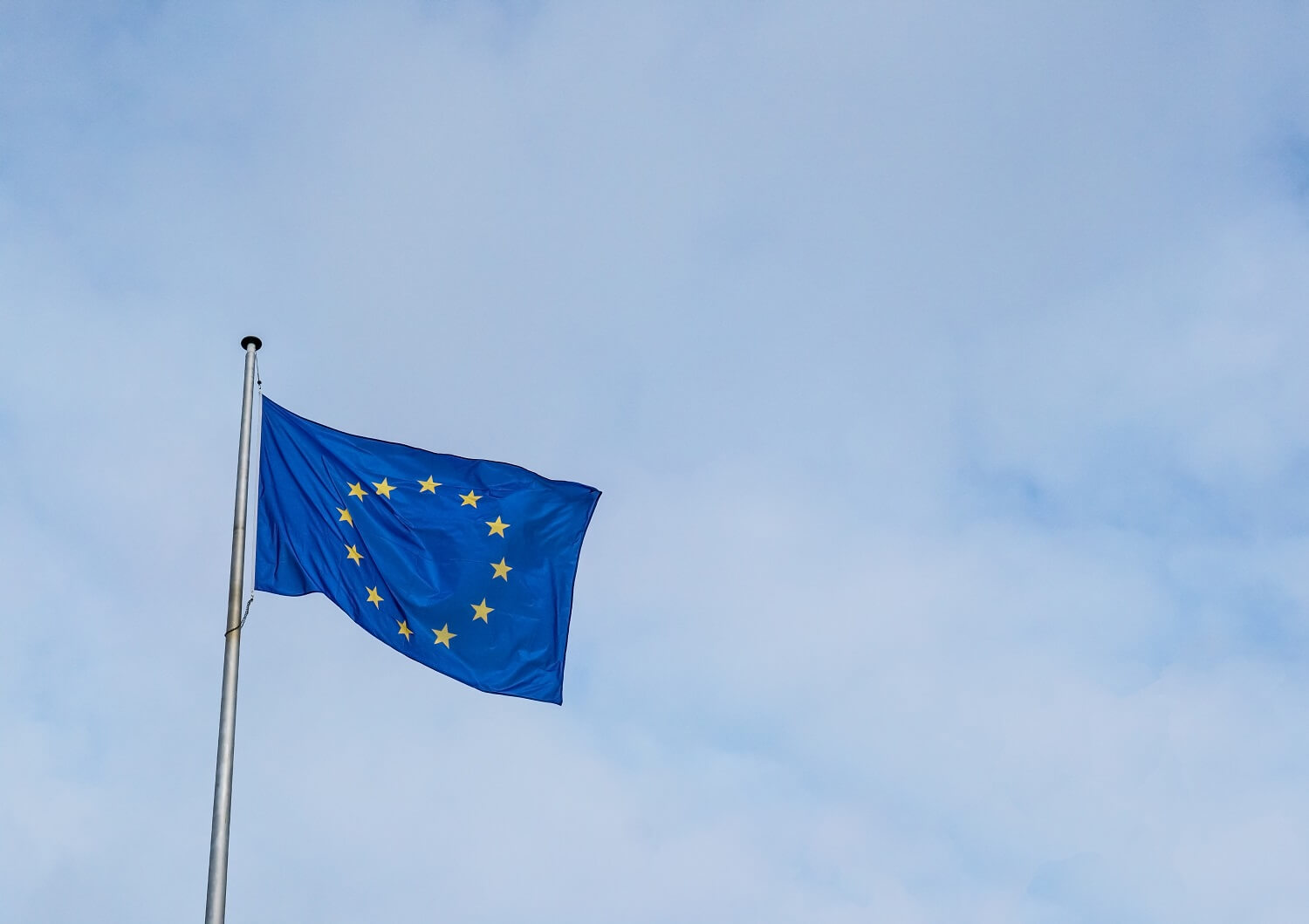
Lessons learned from the BIG MAC: how to prevent trademark revocation for non-use
Registering a trademark is not enough to prevent trademark revocation
This case serves as a reminder that simply registering a trademark is not enough to prevent trademark revocation. In accordance with the EU legal framework for trademarks, the owner of a trademark shall have their EU rights revoked if their mark has not been put to genuine use in a member state for a continuous 5-year period following its registration (the “Period”). This is also the case for national registrations so an Italian trademark would have to be genuinely used for the goods and services covered by its registration in Italy for the Period. We explore the BIG MAC case in detail below.
The EUIPO Cancellation Division (the “Division”) ruled against the owner’s BIG MAC trademark registration, stating it should be revoked for non-use. This outcome was surprising given the BIG MAC burger is one of the most popular and well-known products in the fast-food market. On 14 December 2022,the EUIPO board of appeal(the “Board”) departed from the ruling granting revocation on the basis of non-use by partially upholding the appeal filed by the owner. This decision reinstated the BIG MAC trademark for goods and services such as the burger itself.
A summary of the BIG MAC case
On April 2017, Irish company Supermac’s (Holding) Ltd filed a request for total revocation of the EU word trademark ‘BIG MAC’ (EUTM n. 62638) owned by McDonald’s International Property Company Ltd covering goods and services in classes 29, 30 and 42, notably foods prepared from meat, sandwiches, and restaurant services.
On 11 January 2019, the Division granted the revocation action on the basis that BIG MAC had not been adequately used by the owner for the goods and services covered by its registration.
The Board has reversed this revocation for non-use decision (the “Decision”). The Decision provided an interesting insight into how some of the most frequently used methods to establish proof of use should be properly interpreted by Courts and Administrative Bodies. This insight is extremely useful to all trademark owners who will actively try to evidence proof of use after the Period so they can avoid revocation for non-use.
Guidance provided by the Board in the BIG MAC case
It is common to use affidavits, Wikipedia and market surveys to evidence proof of use. However, it is not always easy to assess the actual probative value of these types of evidence. The evidence commonly originates from the party relying on them in proceedings.
The issue to highlight in relation to affidavits, Wikipedia and market surveys is that theyre provided by the trademark owner. Therefore they can be influenced to suit the proprietor’s interests. However, if supported by additional pieces of good evidence, the relevance is higher. We break down the commentary from the case for each type below:
Affidavits
The Board stated that they could be considered enough to prove genuine use anytime they are substantiated with other evidence “…including the evidence on the sale, marketing and … services provided by the EUTM proprietor itself or by its subsidiaries, online articles, different prints of receipts from cash registers in relation to [the claimed goods/services], extensive advertising campaigns, numerous articles … and financial audit reports by a reputed audit company, confirming the accuracy of the … numbers stated in the affidavits” (para 64 of the Decision).
Wikipedia
The Board clarified that Wikipedia “…may be accepted if it has confirmatory value and simply corroborates the information from other sources” and if, as in the BIG MAC case, the submitted article contains many “…references and external links, including references to reputable sources” (para. 177 of the Decision).
Market Surveys
Market Surveys were deemed to be corroborative evidence by the Board, to be used as a tool to complement the wide range of evidence that can be submitted for the purposes of proof of use. Interestingly, the Board clarified that market surveys can be considered. Even if they have not been executed in the relevant period since “…it would be unreasonable, rigorous and highly economically burdensome to require the [owner] of each mark to have consumer surveys covering all periods of the … registration” (para 92 of the Decision).
Conclusion
At the time of writing, the case has been appealed and it is now pending before European Courts. The goodwill in McDonald’s flagship product played a pivotal role in the evaluation of the evidence by the Board. However, this case provides guidance for trademark owners in regards to filing certain evidence to prevent revocation for non-use. Furthermore, it provides useful guidance for trademark owners in cases where a trademark registration covers ingredients and available proof of use relates to final products only, or where the available proof of use concern the use of the trademark by a company of the Group which the owner belongs to and there is no express license between this company and the trademark owner.
Please do contact our trademark professionals to receive further advice on the law in this area.








